It’s ingrained in many of us—you MUST clean up your yard and your garden beds in the fall. You must get all the old plants out, rake up every last leaf, and leave things sterile, neat, and tidy, waiting for you to amend and plant new life into it in the spring.
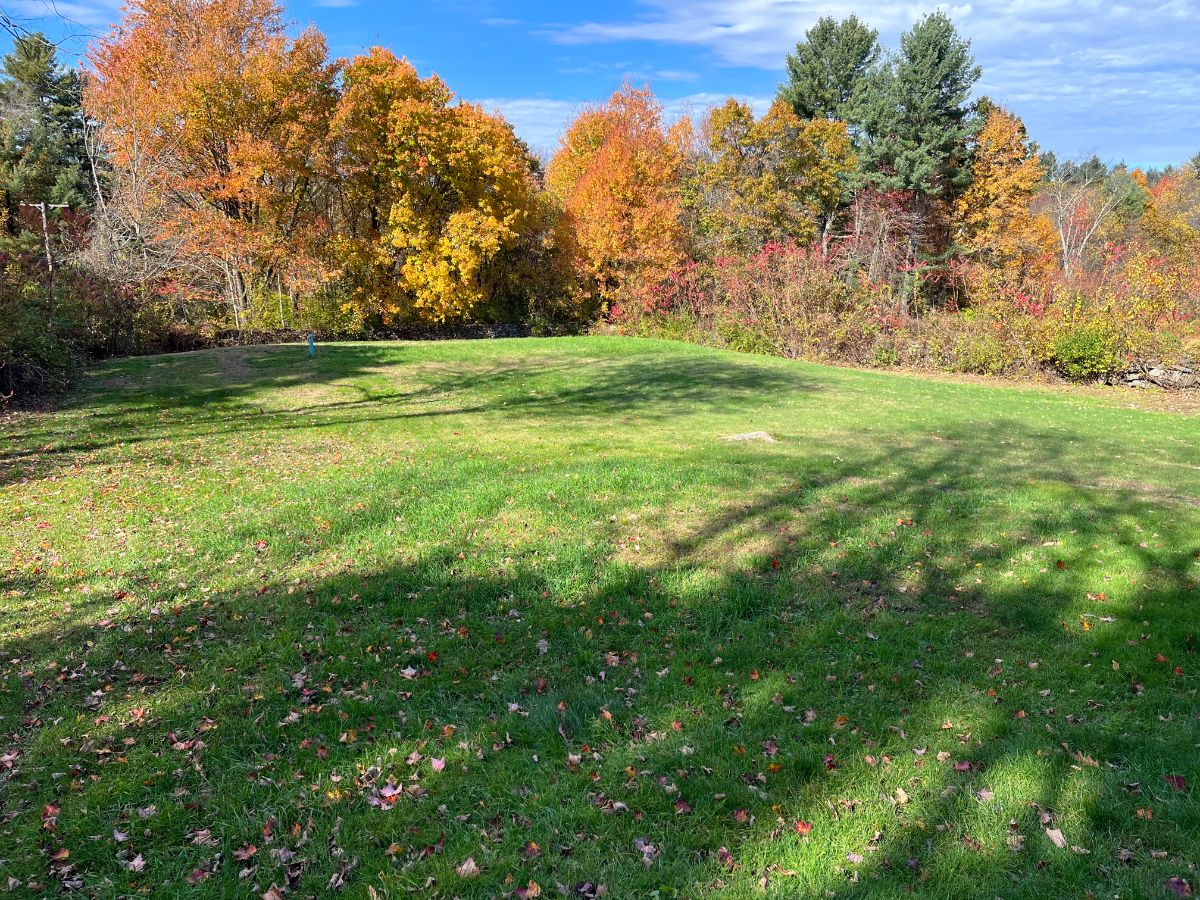
Except you don’t. While that may have been the way in the past, we know better now. And there are plenty of good reasons not to strip your yard and garden bare of all that natural goodness.
We’ve got a dozen for you.
Jump to:
- Good Reasons NOT to Clean Up Your Yard and Garden This Autumn
- 1. Feed the soil
- 2. Build beneficial microbe populations
- 3. Soil aeration
- 4. Soil erosion
- 5. Protect your plants and perennials
- 6. Root protection (natural mulch!)
- 7. Protect overwintering insects and pollinators
- 8. Homes for the birds and the bees
- 9. Feed the birds
- 10. Natural reseeding
- 11. Winter décor
- 12. Dead plants are easier to cut and dig
- If You Just Can’t Stand Not to Clean Your Gardens and Yard in the Fall...
Good Reasons NOT to Clean Up Your Yard and Garden This Autumn
Here are some of the top reasons not to clean your yard and gardens this fall—or at least to be selective and minimal when you do.
1. Feed the soil
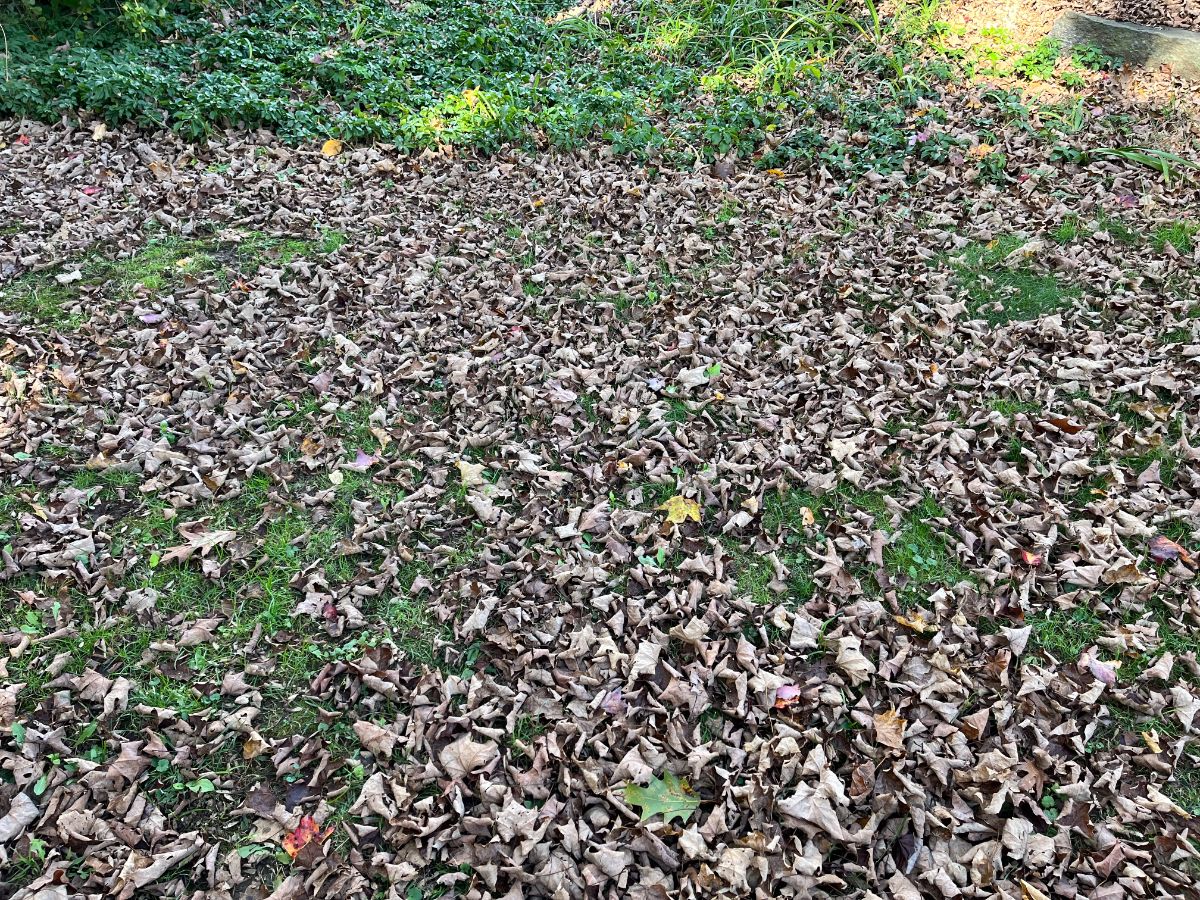
Dead plants are part of the cycle of natural life. So, too, are dead leaves. It’s what makes woodland floors so rich—the cycle of life and death and plant breakdown that builds into a deep layer of rich organic matter.
If we leave our frost-killed, spent plants and leaves to break down naturally, we essentially build a system of composting in place. Which also saves a lot of time moving around the same materials in different forms (like when we call it compost or mulch).
2. Build beneficial microbe populations
Plant roots have a symbiotic relationship with soil microbes. Their death and decay process encourages bigger, better populations of soil microbes (and earthworms, too). Disease and pathogen-fighting soil microbes!
By leaving old, dead plant roots in place, we build up the very microscopic friends that can help us keep pathogens and pests in check, which can reduce our use and dependence on chemical interventions that do further harm to them (and us, and our food).
3. Soil aeration
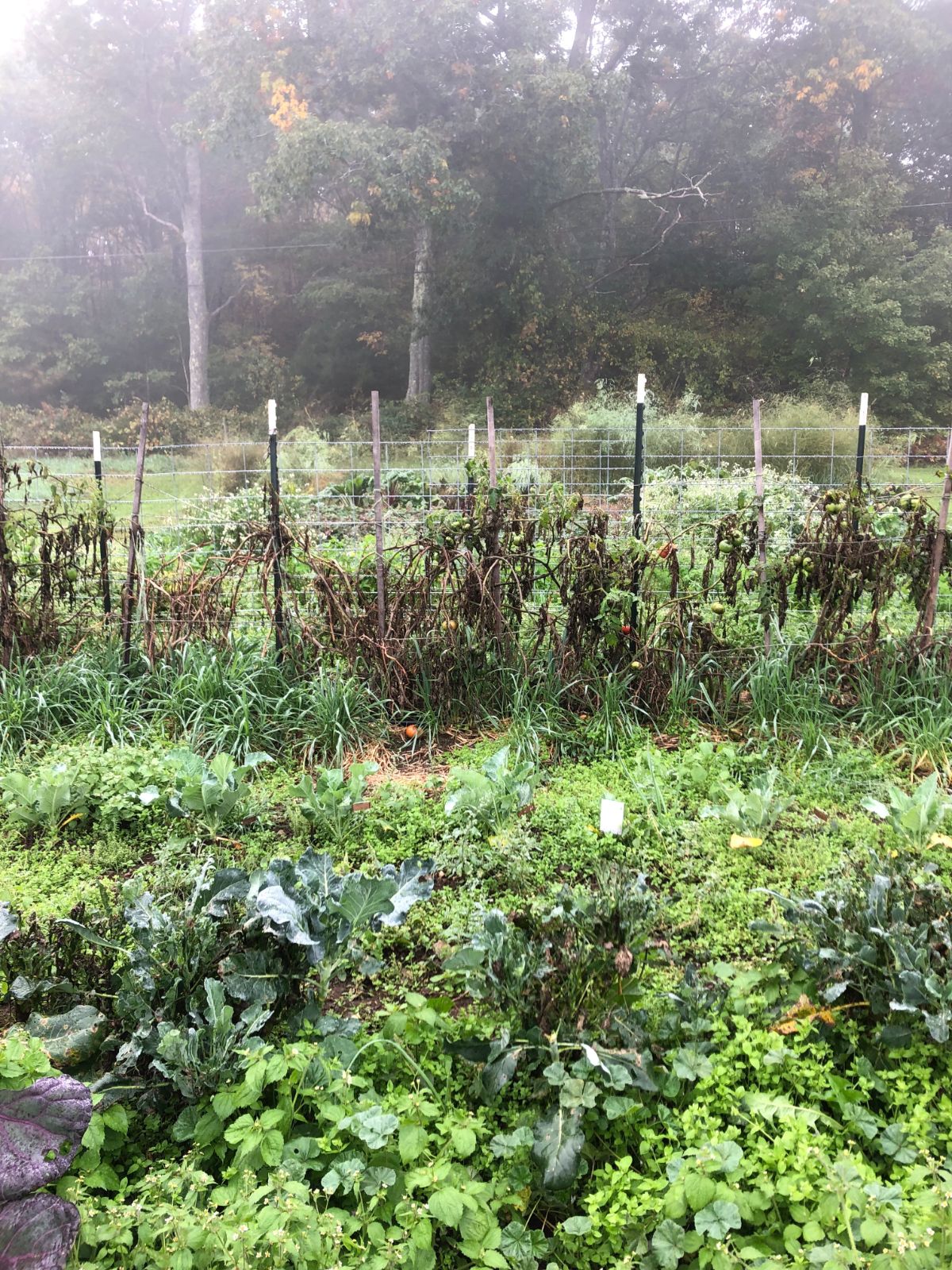
If you leave dead plants in place until the spring, with their roots in the ground to feed the microbial populations, when you pull them out in the spring, you help to aerate the soil. (Not all roots will need to be pulled; usually, just the larger roots that take years to decay, or you can leave them where they lay and move your row over to let them continue their natural processes and breakdown.)
Roots that die back will leave airy tunnels in their place—all good things for soil oxygenation and worm travel.
Some cover crops, like sugar beets, radishes, and other root crops, are planted for exactly this reason—so that when they are chopped or pulled, they disturb, break up, and aerate the soil.
It’s better to pull these roots in the spring than in the fall because soil compacts over the winter and with the wet spring thaw. In the spring, it needs the breakup.
4. Soil erosion
Bare soil is the worst thing for it. Bare, unprotected soil is how erosion occurs. Winds, rains, runoff from spring melting...all of these things grind or whisk away the topsoil.
Nature has a good answer to erosion. It drops layers of protective materials in the form of leaves, needles, and other things we consider litter. It keeps plant roots in place (even dead ones) to slowly decompose and to hold the soil in place while they do.
Be like nature. Leave your yard and garden’s natural protection in place, and worry less about taking measures to protect your soil from erosion.
5. Protect your plants and perennials
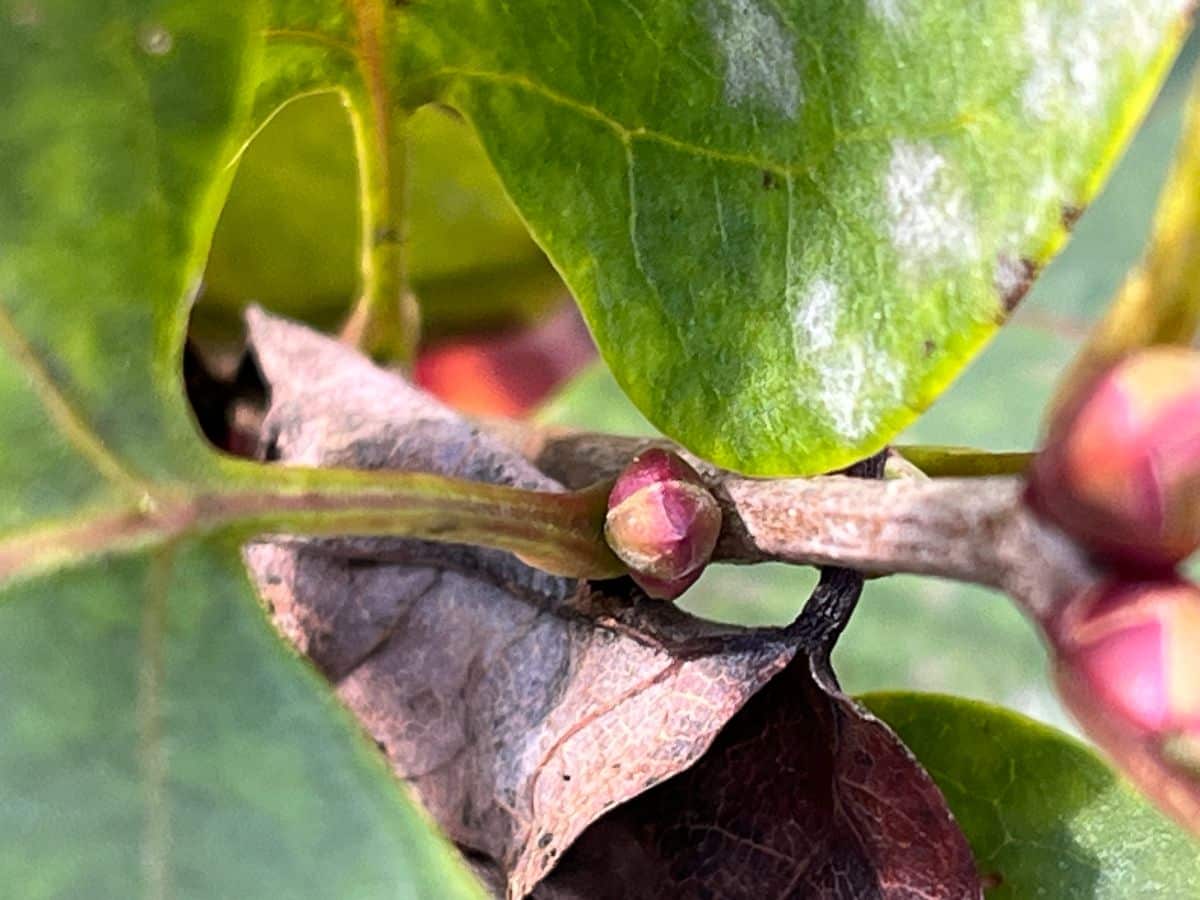
Many perennials—ornamental, fruit, and vegetable—are much better off not having their dead stalks and stems cut away in the fall. Leaving upper materials intact protects the root crowns and reduces winter kill. If you cut everything back, you’re stripping a natural winter defense.
This is a list of perennials that should not be cut back in fall; if in doubt, don’t cut your perennials back until the spring so you don’t risk winter damage and losing that protection.
6. Root protection (natural mulch!)
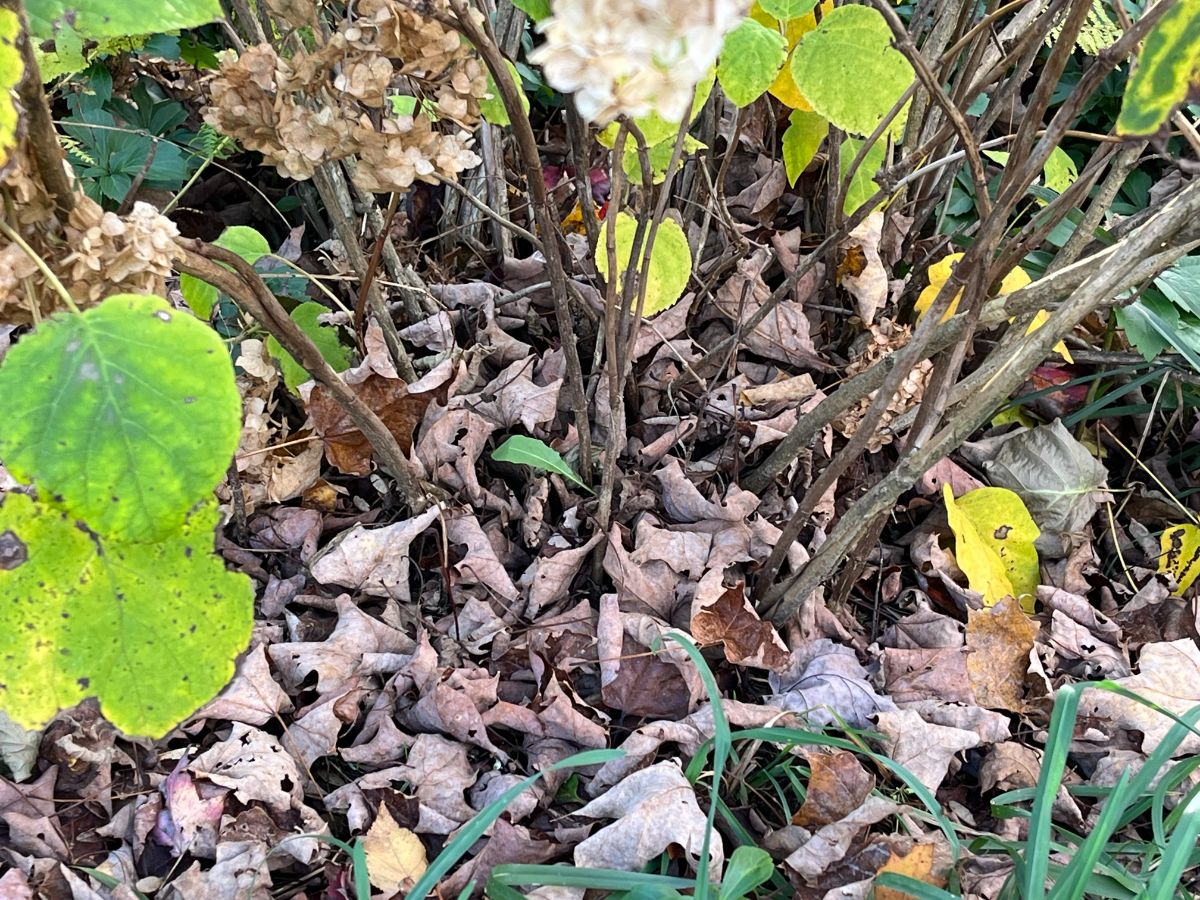
How many times have you read or been told to mulch your plants or to add additional mulch in the fall? As it turns out, fallen leaves are a perfect mulch! You probably read that, too.
Not only will leaves help cover your garden ground to protect it from erosion, but they will cover the roots of your perennials, trees, and shrubs and give them better protection through the winter months—without you having to lift a rake or shovel.
If you have extra leaves piling up somewhere inconvenient, add them to the natural mulch in your garden beds to protect your most valued plants!
7. Protect overwintering insects and pollinators
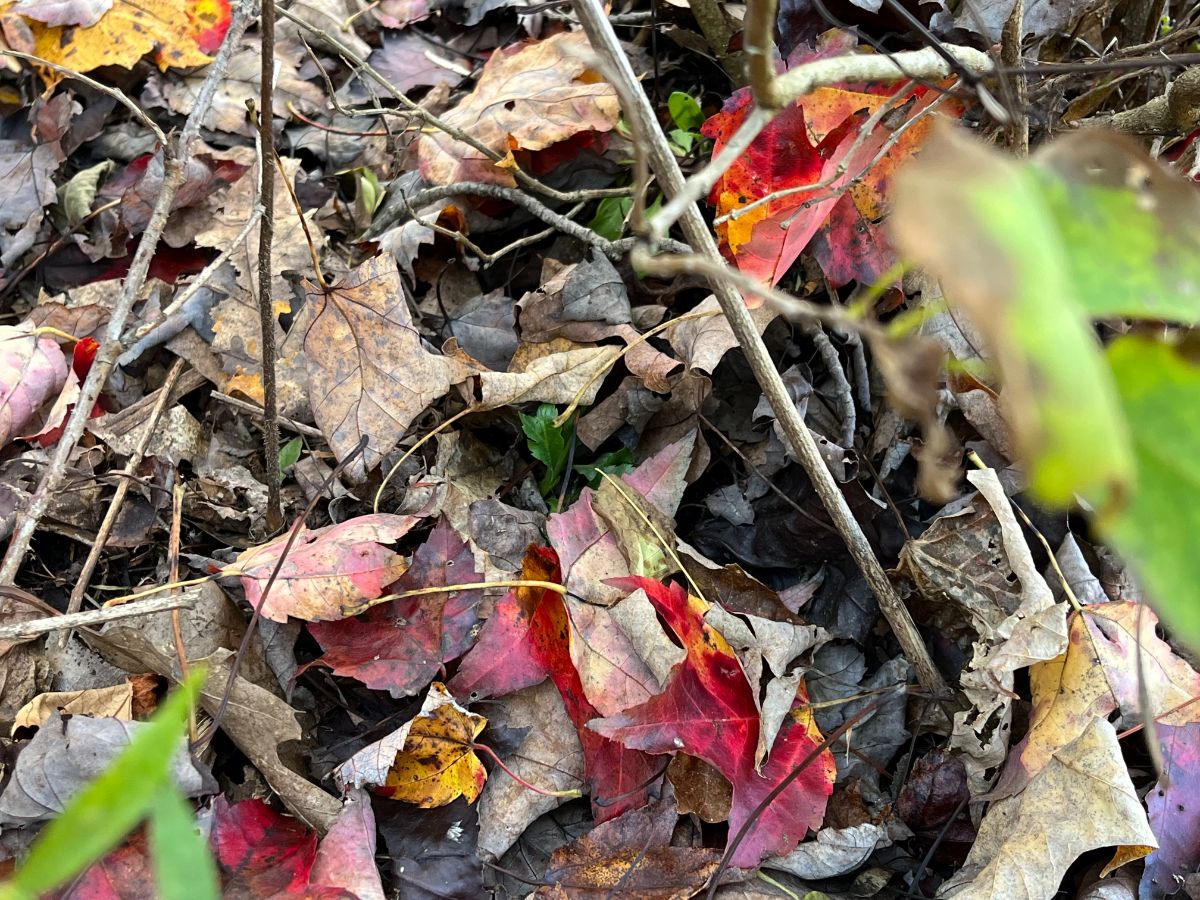
Now, to be sure, not all the insects that might be overwintering in your yard and garden are good guys. But many of them are food for good guys. Pest insects are food for birds over the winter—birds that, yes, are much better at finding them and digging them out than you might think. Even in winter. They are an important source of protein at times of the year (late fall, early winter, winter, and early spring) when there aren’t a lot of other protein sources available for birds.
What’s more, a lot of those insects are food for beneficial insects when they wake up in the spring. Ladybugs, for instance, need soft-bodied insects like aphids to feed upon. If they're all gone from the fall and winter scouring, there won’t be anything there to keep ladybugs and their other beneficial buddies going after the long, cold, hungry winter’s hibernation.
8. Homes for the birds and the bees
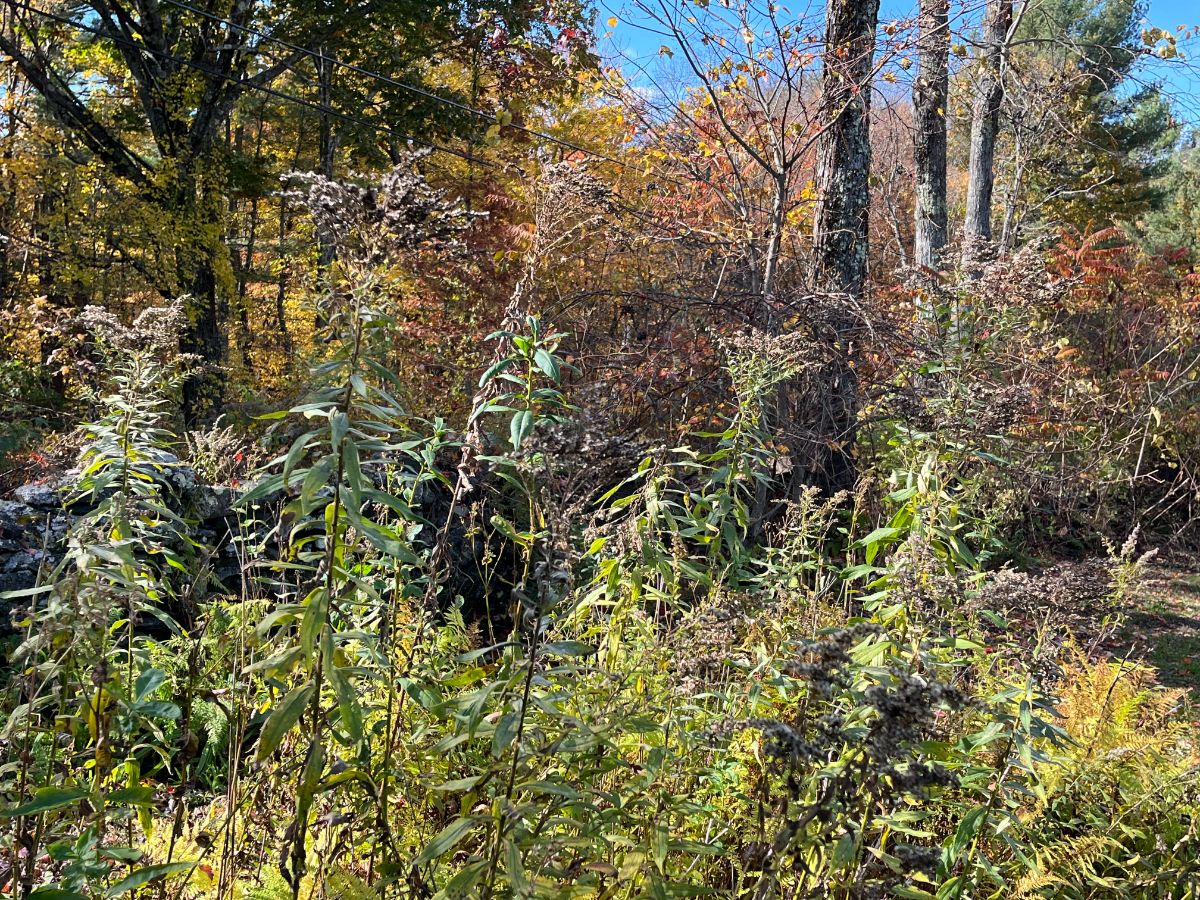
Old plants, bushes, hidden spaces, leaf litter, hollowed-out stems...these are places where various birds, bees, and even butterflies can make a home in the fall and winter. And butterflies that go to the ground before others may already be there, hibernating (because not all butterflies are migratory!).
Some of these insects might be tucked away in their chrysalises, making their metamorphosis slowly over the course of the winter. These can be hanging off old garden plants and stems.
If we strip garden beds of plants, stems, and stalks and rake up all the leaf litter, we are eliminating places where some of our most favorite birds, bees, butterflies, and beneficial insects might already be living. Save it for the spring after insects have emerged and birds have moved to higher ground. And when you do prune and cleanup, keep an eye out for nests and homes.
Experts advise waiting until the weather warms above 50 F (10 C) for a week or more before starting your spring cleanup. Insects that were in a state of dormant rest will be waking. Even if you are taking away some of their home, they are able to move to another space in your yard; thus, they are not killed.
Experts do say there is a right and a wrong way to do your spring cleanup in deference to overwintered creatures.
9. Feed the birds
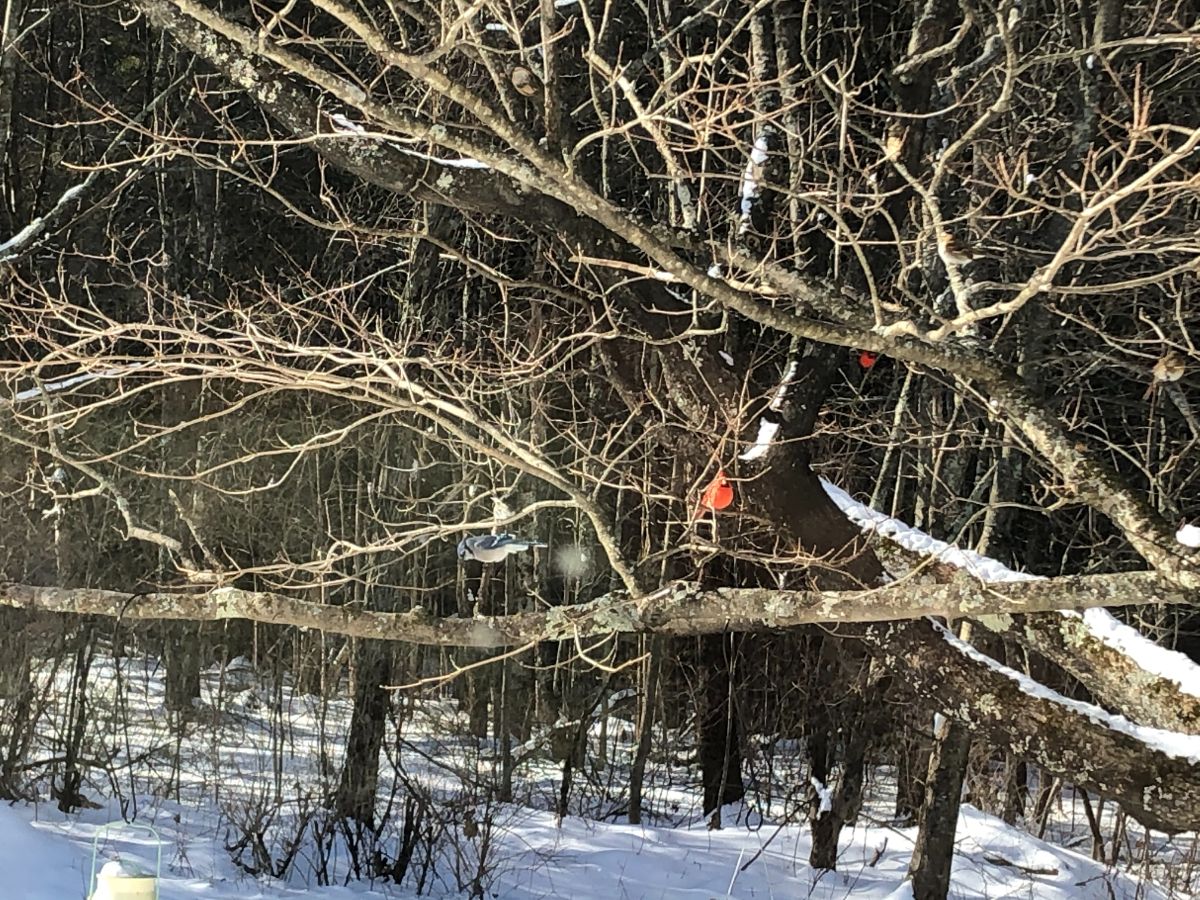
Leaving your yard and garden alone is one of the best ways to feed the birds through the winter. Having natural feed sources in place is an excellent way to draw non-migratory birds into your yard, too.
Birds can find those slumbering pupas of bad bug species in the litter and the ground. They will also feed on berries and seeds left from spent blossoms, plants, and flowers. (Echinacea or coneflower, thistle heads, sunflower seed heads, and so many more can be such good food sources for the birds!).
These are all important winter food sources for birds. Don’t deny them what you could so easily leave to let them eat.
10. Natural reseeding
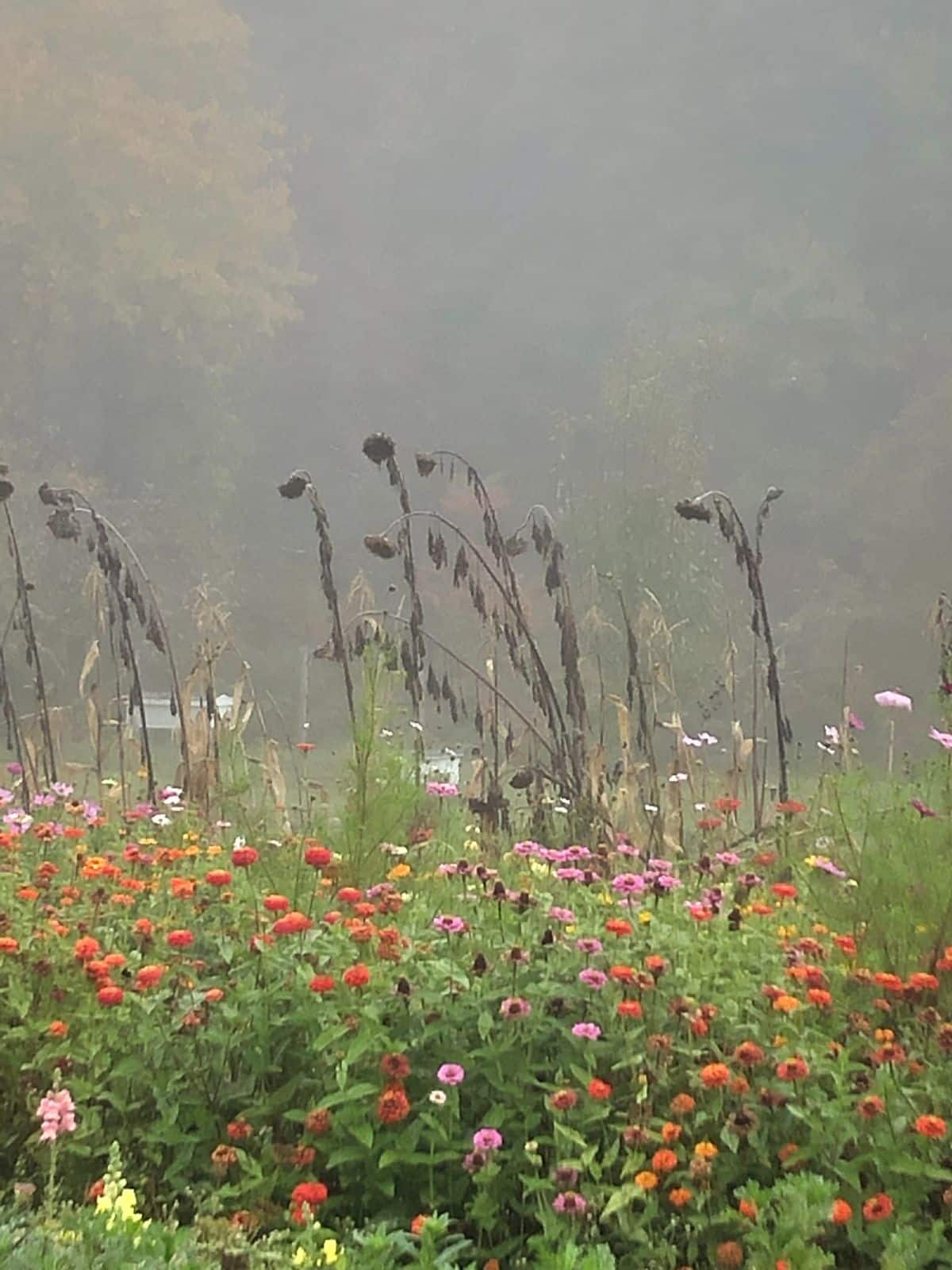
Seed heads on desired flowers can often be reseed in place the next year and help your garden grow. Free seed, free plants! Even if the birds help themselves to some, they’re bound to knock seeds down and off. Flowers will drop seeds on their own, too, so there should be enough to go around!
Many types of wildflowers, sunflowers, coneflowers, daisies, black-eyed Susans, cosmos, nasturtiums, marigolds...these and many other flowers will readily reseed if they’re left to do what comes naturally to them.
11. Winter décor
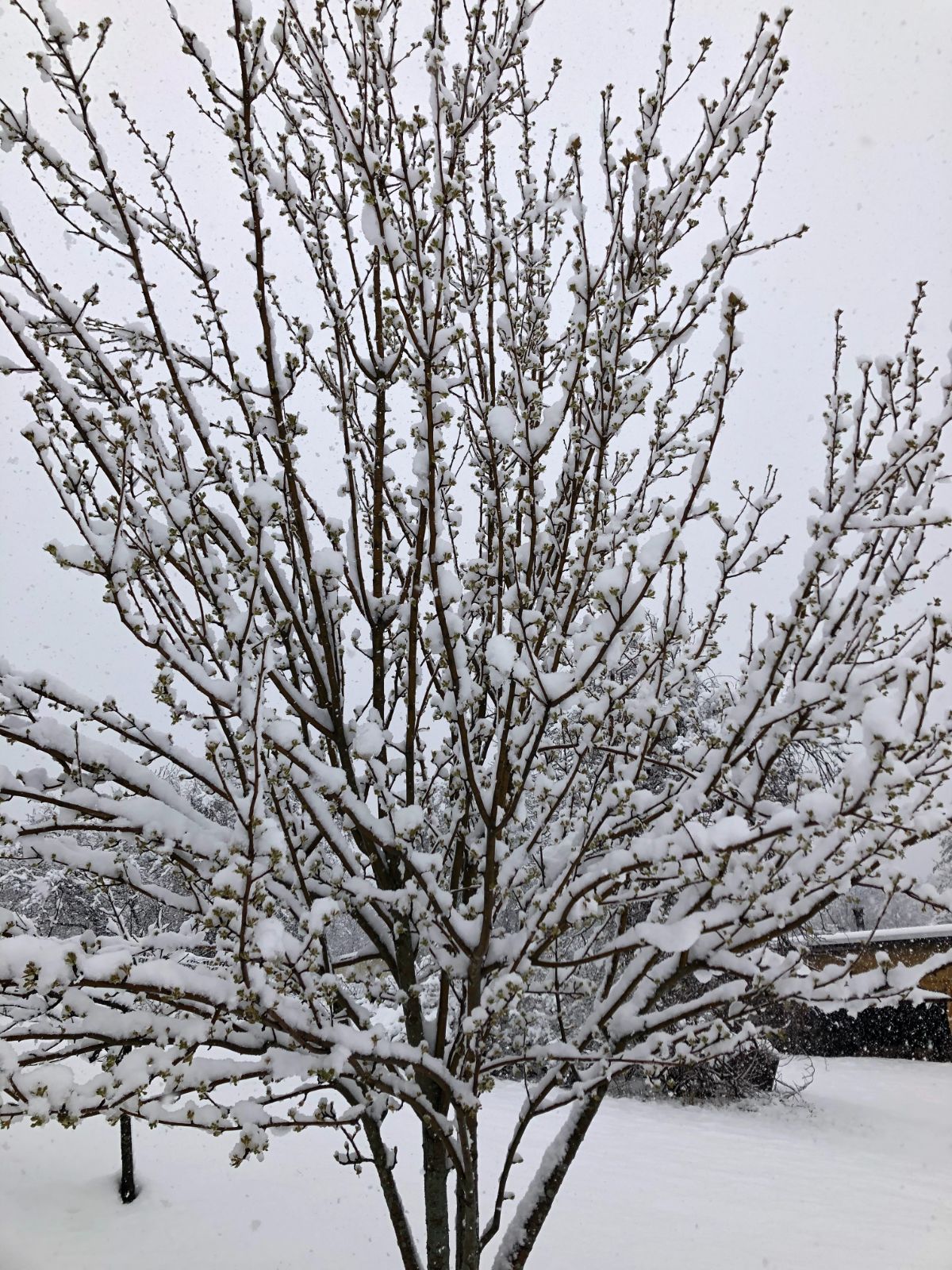
Winter doesn’t always leave us a lot to look at. There are a number of plants, shrubs, bushes, and trees that look lovely in contrast to winter drear and when set against a glistening snow cover.
Blueberries and others have pretty, red branches that stand out in a world stripped of its seasonal color. Bright red winterberries dot the landscape as they feed the birds. Ornamental grasses lend swaying, rustic color, and textural interest.
To be sure, there are a lot of plants we can leave just to look at.
12. Dead plants are easier to cut and dig
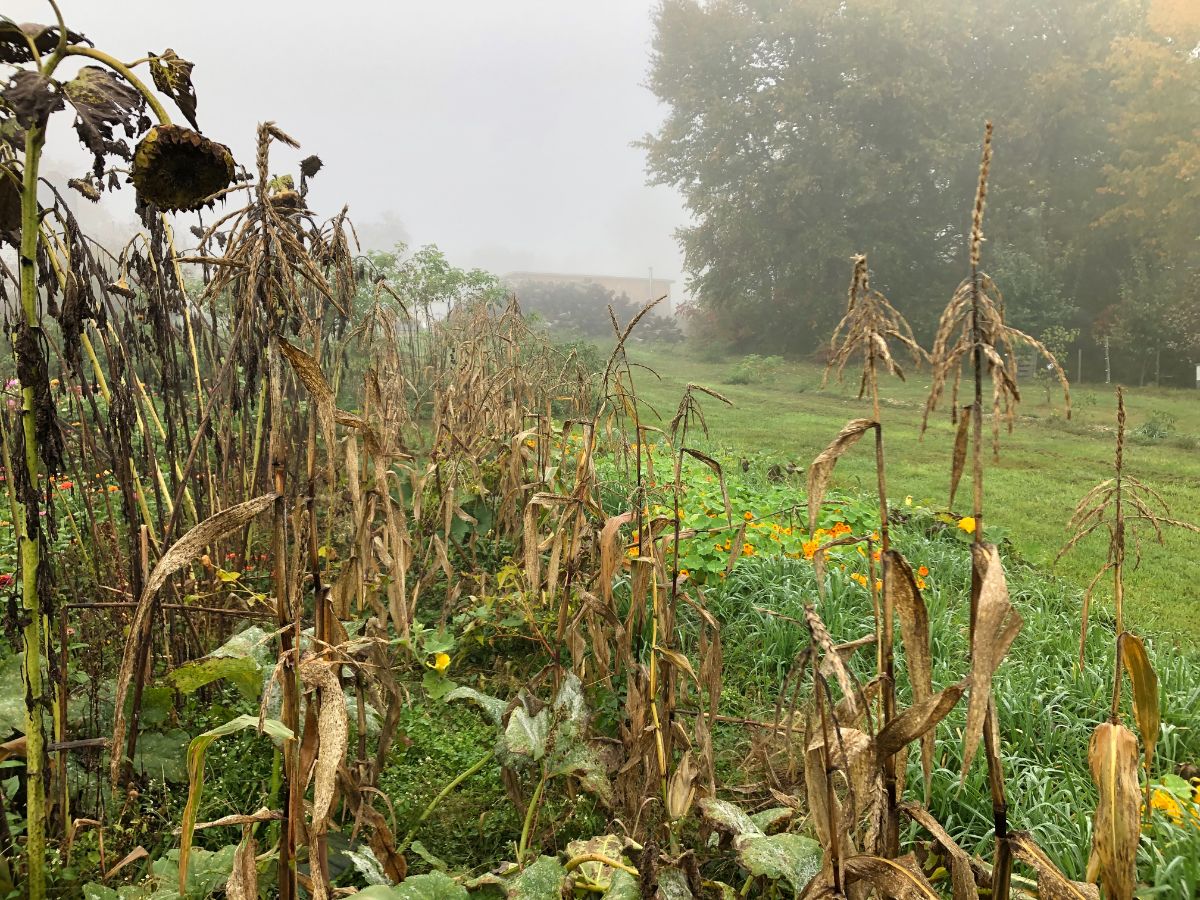
Even if you will be removing some of those dead plants in the coming growing season (such as old, dead vegetable plants and annuals), they will be much easier to cut, snap off, pull, or dig in the spring after they’ve broken down and dried out over the winter.
This will make the easier and shorter work of the project and save some back and muscle strain come spring. Why not let winter do some of the work for you as you leave those plants to do some good and reap all the benefits mentioned above?
If You Just Can’t Stand Not to Clean Your Gardens and Yard in the Fall...
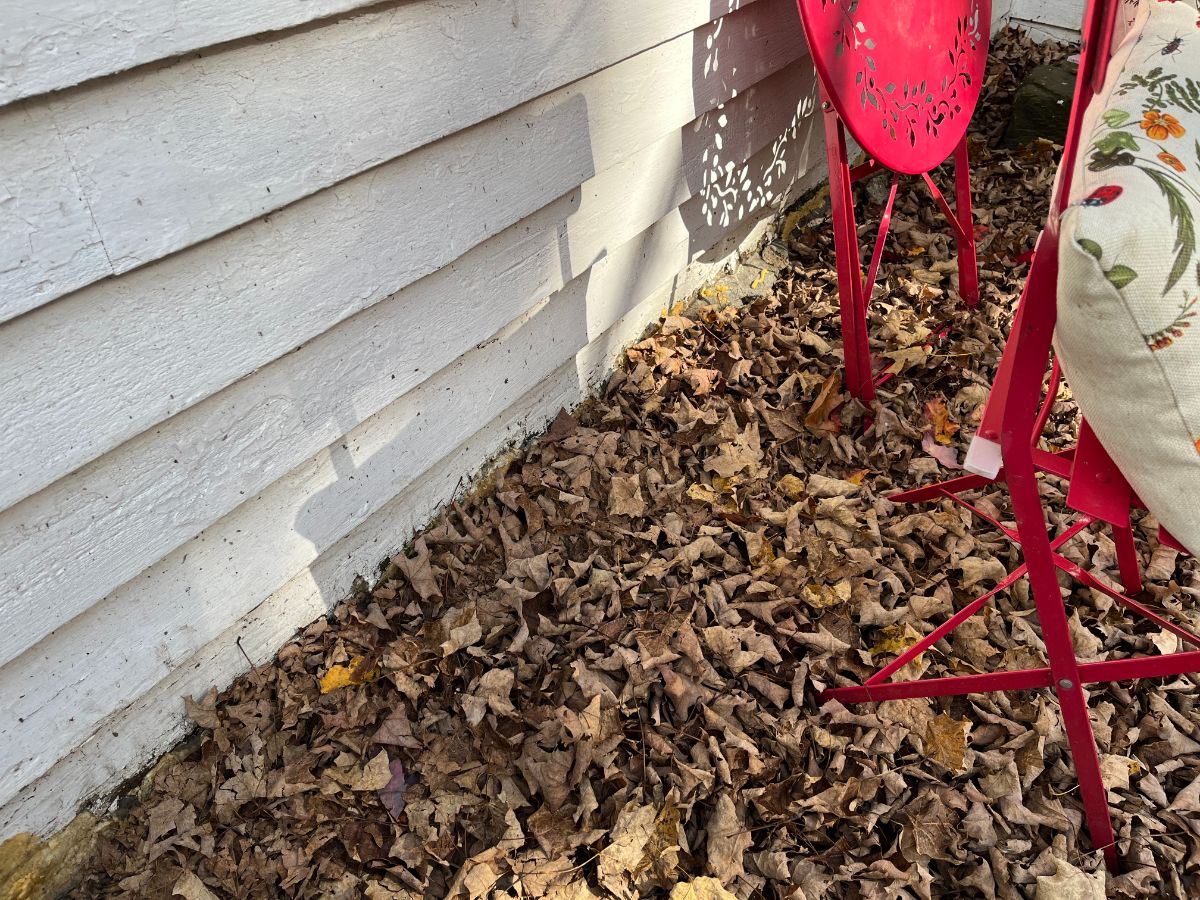
All of this being said, and with all the good to be done in mind, there are some reasons why you might want to ignore some of these reasons mentioned above. And yes, one of those is personal preference—it's your yard and garden, after all.
One sure reason would be in the case of plant disease. In that case, by all means, you should remove the diseased plant stalks, stems, and detritus. You shouldn’t even compost it. You should burn it or bag it and throw it in the trash for disposal. But you maybe should consider that winter is a safer, more appropriate time for burning. (And in some places, that is the only legal time in which you can have brush fires and outdoor fires for things other than cooking and campfires.)
If you can’t stand looking at large dead stalks all winter, cut them down and lay them flat on your garden’s ground. They’ll help hold the soil as they decompose but will be available as food and housing sources.
You may also want to reduce the amount of leaves on grassy areas and lawns if the mat is very thick. Deep, thick layers of leaves can mat the grass and kill it, and it can potentially invite some fungal disease. Thin layers and shredded leaves aren’t very likely to be a problem.
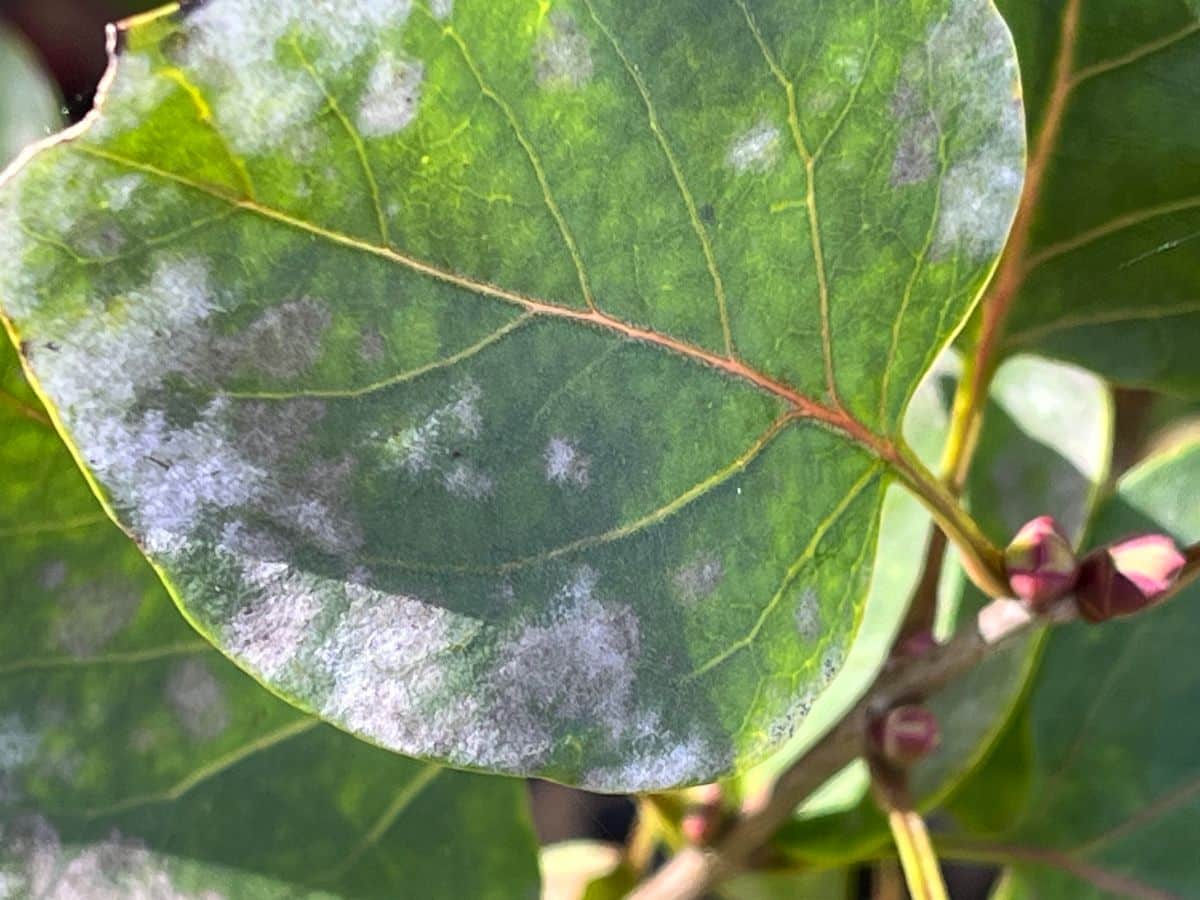
And maybe you’re just the type who needs to see a clean and tidy lawn or to know that your work is done for the year and your gardens are ready for you to jump in in the spring without having to deal with the detritus of the previous year. We all have our own ways and preferences.
As we just talked about, though, there are some really excellent reasons not to clean things up in the fall. So, if this is the case for you, consider a compromise version of the natural fall “clean up.” Instead of removing your lawn’s leaves, mow over them with your lawnmower to speed their breakdown and reduce them to a soil-building, but not grass-killing, level.
Or perhaps rake or blow the leaves off the lawn but leave them as a natural mulch and soil-building layer in garden beds and under shrubs. You’ll have both a tidied-up appearance and get the benefits of leaves where you need them most while also keeping a habitat in place for beneficial insects and animals.
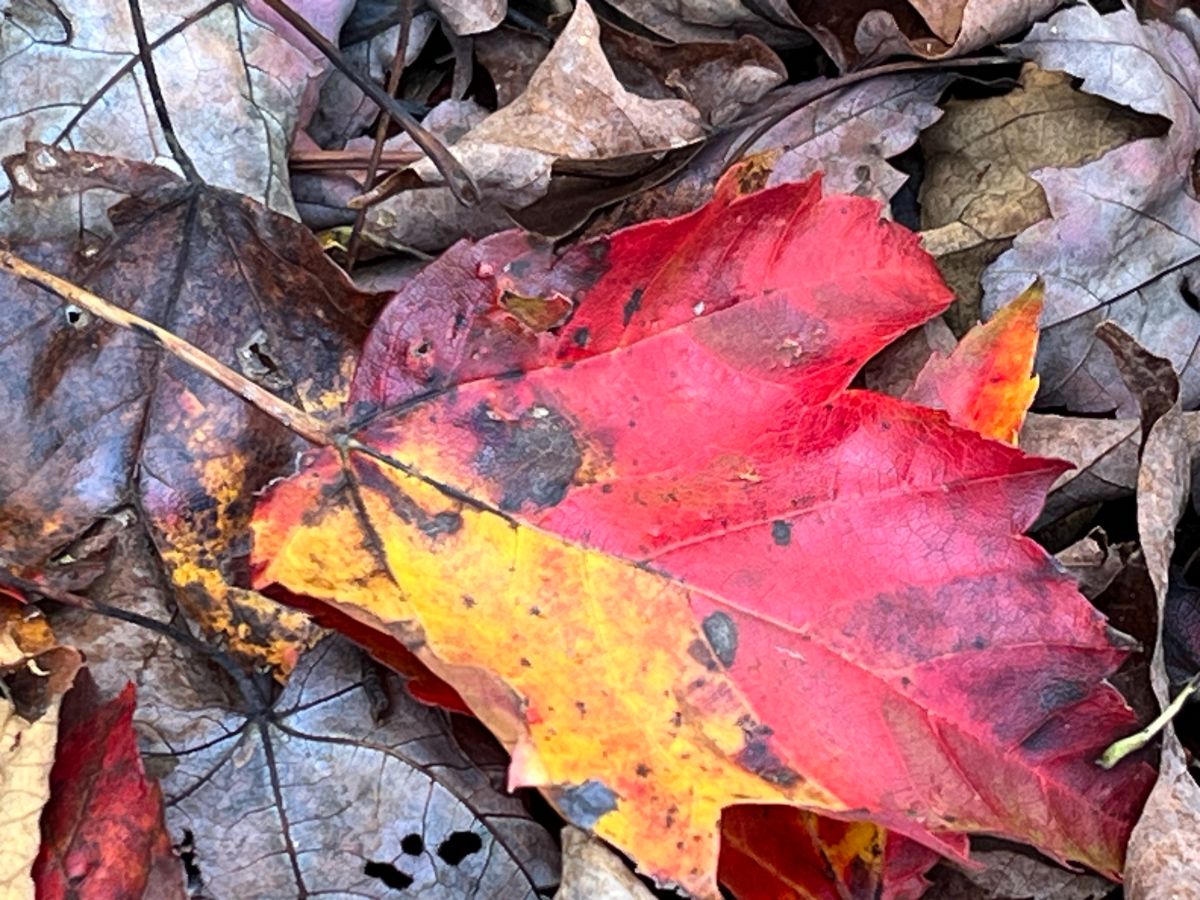
When we adjust our thinking and consider compromise versions, we can benefit in multiple ways. We can reduce our seasonal workload while aiding the insects and animals that help us in return as we work more in tandem with nature instead of against it.

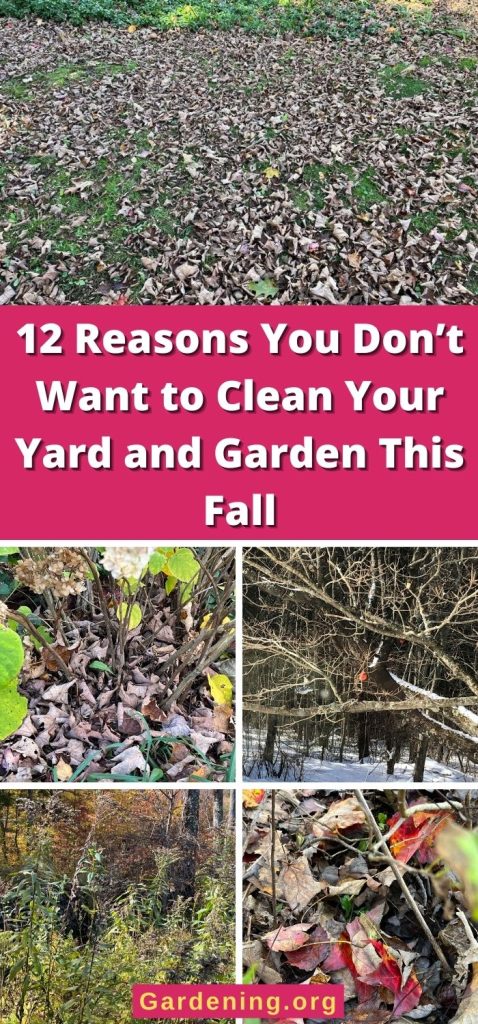
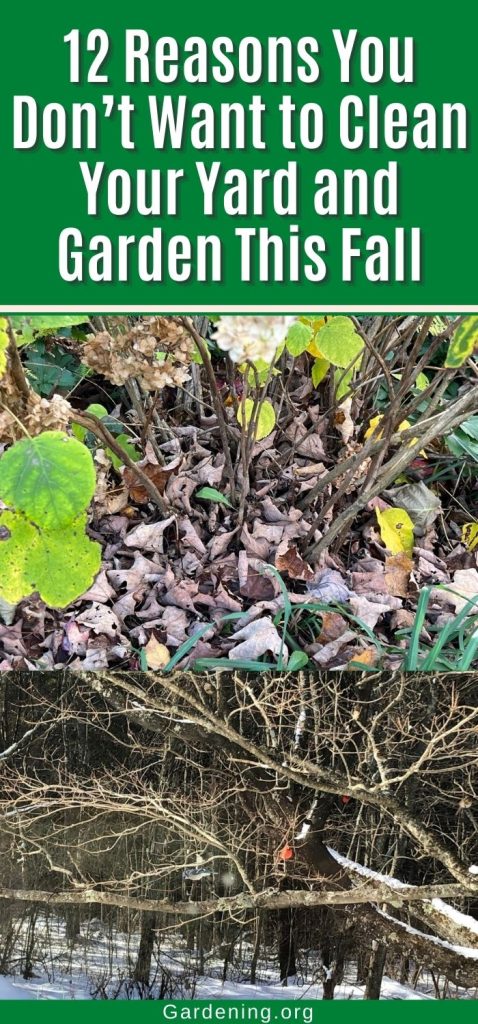
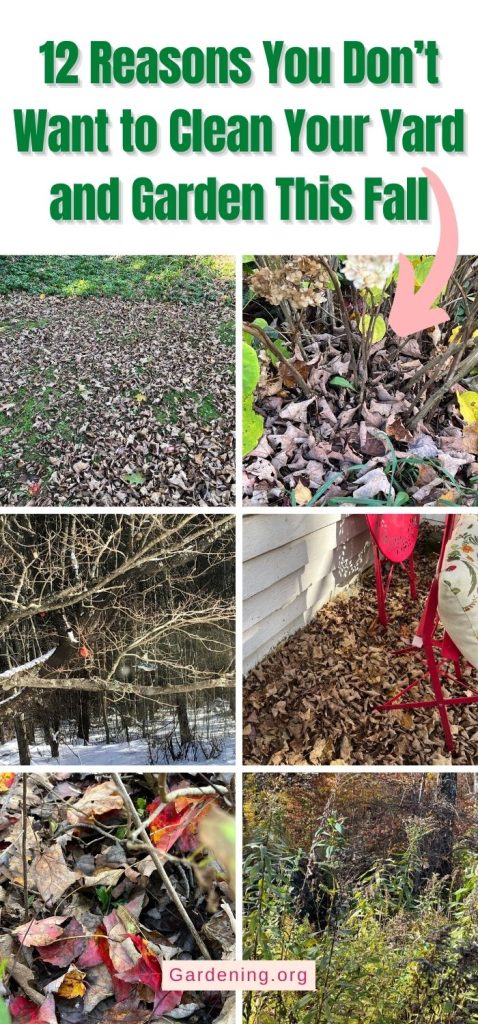
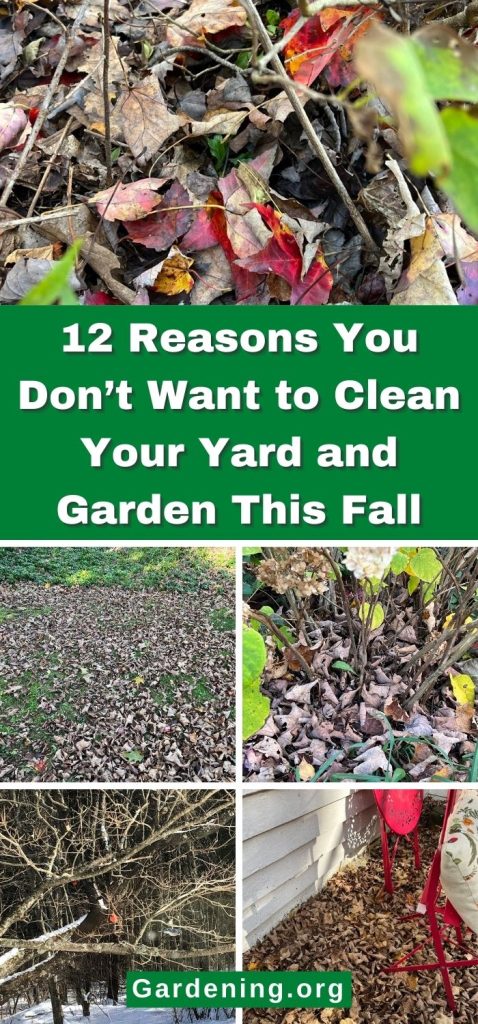




Leave a Reply